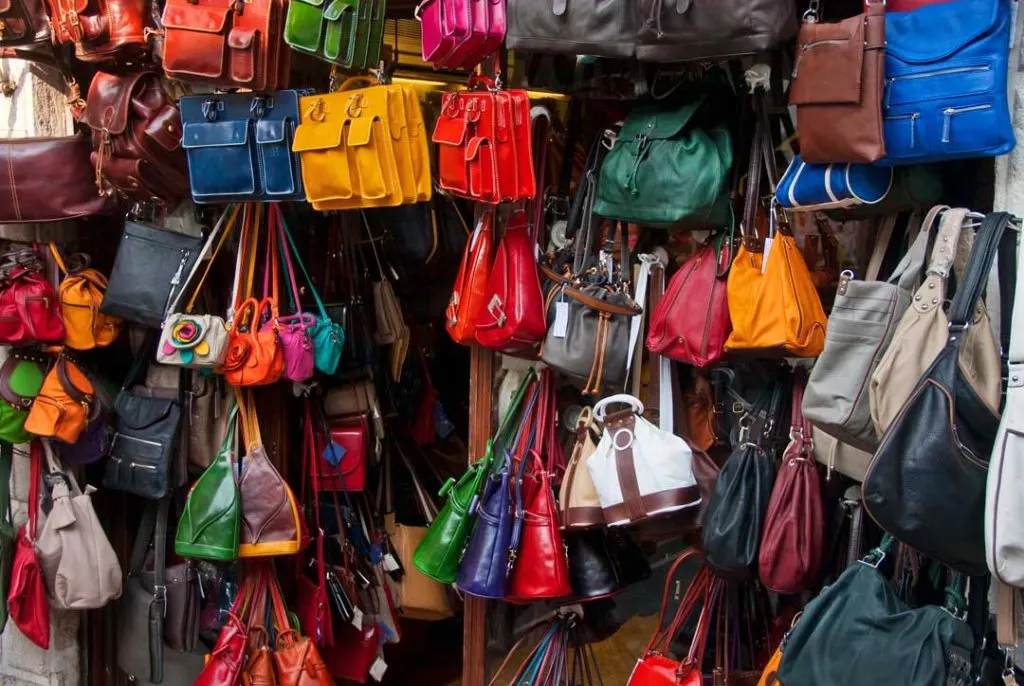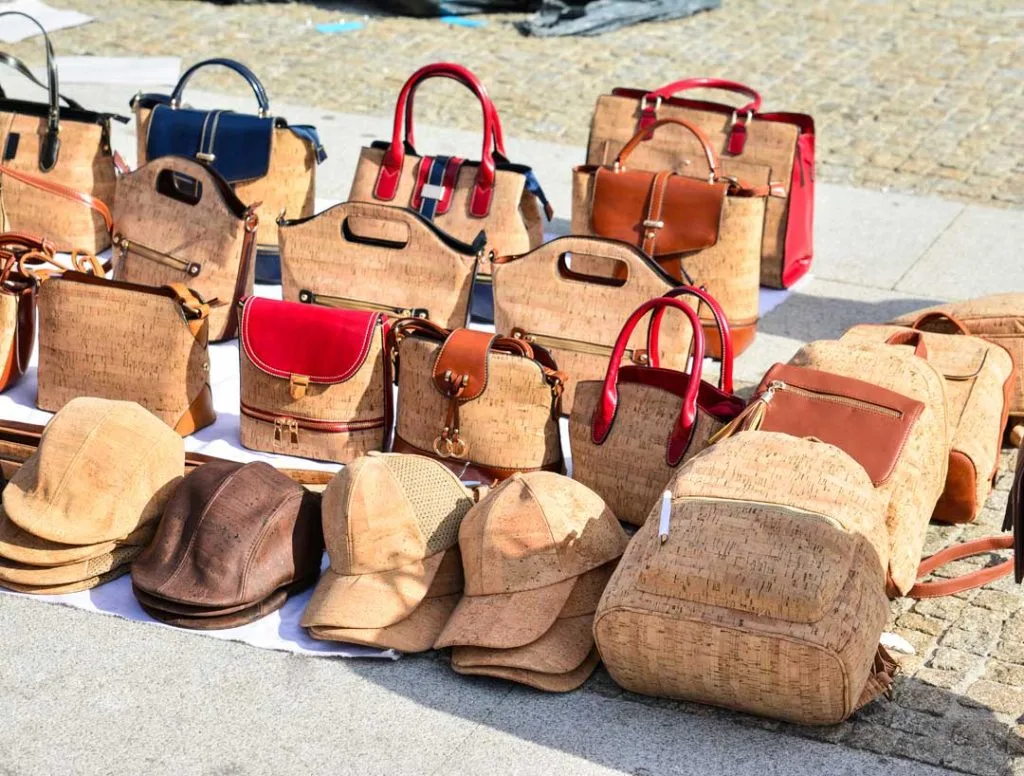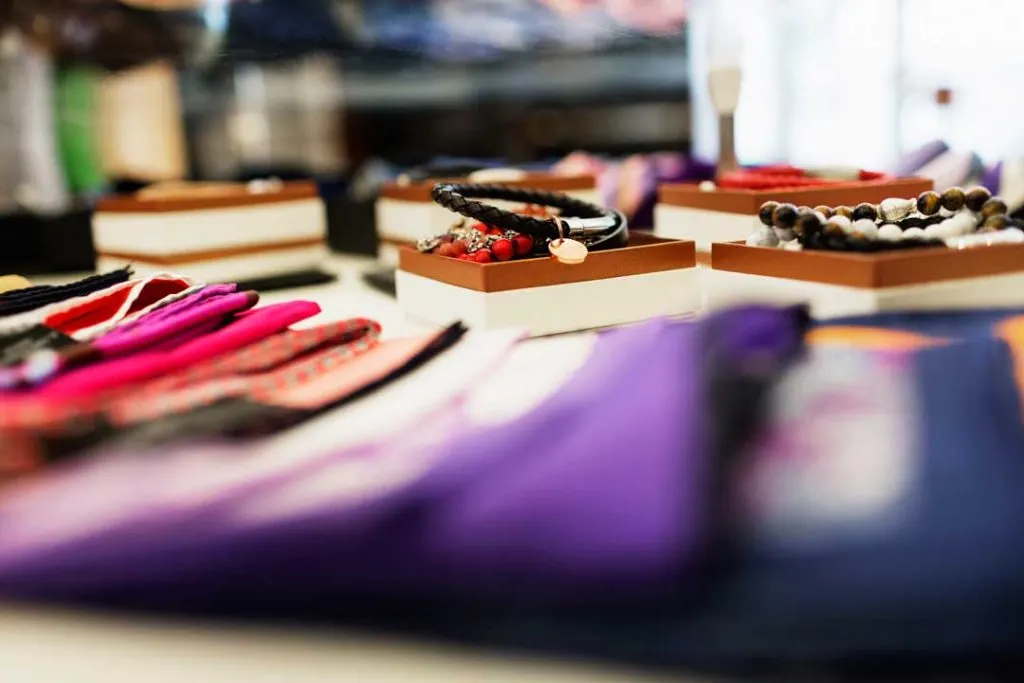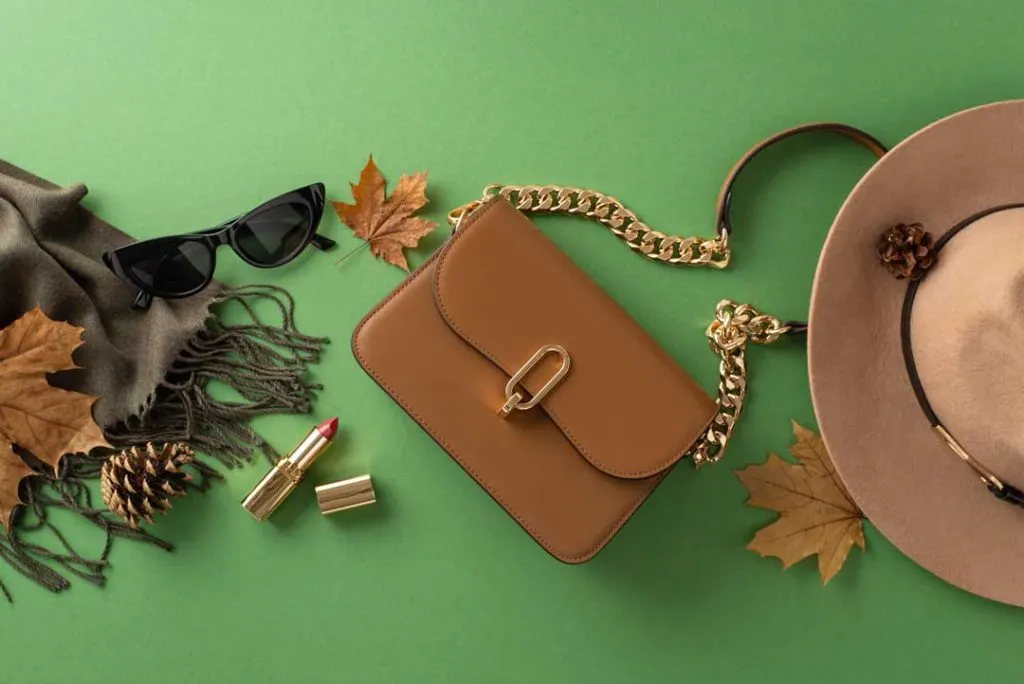Counterfeit products are everywhere, from designer bags to everyday electronics. Knowing how to spot counterfeit goods can save you money, protect your safety, and prevent scams. Don’t fall for fake deals—learn how to detect counterfeit products before it’s too late.

Fake or Real? How to Spot Counterfeit Goods Easily
The rise of counterfeit products presents a serious challenge worldwide. They impact both businesses and consumers across numerous industries. From high-end luxury goods to critical pharmaceuticals, no sector is fully protected from this escalating issue. Safeguarding your purchases and ensuring authenticity requires understanding how to detect fake products and taking action against counterfeiting.
A Dubious Website
Shoppers sometimes can’t find a suitable price for a product on a brand’s website. This means they often turn to third-party platforms or marketplaces. Here, they hunt for better deals. Unfortunately, this has made online marketplaces a prime environment for counterfeit sellers, who lure customers in by offering lower prices than those of legitimate products.

To stay safe, always verify the legitimacy of a seller or company by using a domain-checking tool like Whois Lookup, it can reveal where they are based. If the location is missing or incomplete, consider it a red flag.
Pay attention to any grammatical or spelling errors on the website, particularly in the URL or product details. These mistakes often indicate fraudulent sites, as counterfeiters may overlook such details or intentionally misuse a well-known brand’s name in the web address to mislead unsuspecting buyers.
You can check out this page for an authentication service can help you spot the difference between genuine and fake Louis Vuitton products.
Deals that Seem Unbelievably Cheap
One clear indicator of a counterfeit product is its unusually low price compared to the genuine item, even though it looks almost identical. Counterfeiters rely on cheaper materials to manufacture these “imitations,” which cost them very little to produce and promote, but can pose significant risks to consumers.

According to a 2018 report from the Government Accountability Office, fake iPhone chargers may carry the risk of deadly electrocution, counterfeit travel mugs have been found with high lead levels, and counterfeit cosmetics can include hazardous ingredients like cyanide, mercury, and even rat droppings.
If you come across a product being sold significantly below market value, typically by an independent seller with an unusually steep discount of 60-80%, there’s a strong likelihood it isn’t genuine.
Seller Profiles and Customer Reviews
Customer reviews and seller profiles are essential tools for assessing online sellers and products. Reviews on independent platforms allow shoppers to confirm the credibility of a seller or marketplace, offering the reassurance needed to make informed purchasing decisions.
While not all sellers operate dishonestly, reviews play a key role in demonstrating trustworthiness. The number of reviews, the overall rating, and specific comments about product quality, such as whether it feels genuine or poorly made, can provide valuable insights.
Seller profiles also serve as a practical resource for verifying authenticity. Many online marketplaces enable sellers to list their own products rather than retailing established branded items.

Checking the seller’s background, including their location and reviews from previous customers, can help identify potential issues and avoid counterfeit products.
Item Description
Consumers should take the time to review product descriptions, particularly when they have doubts or concerns about a seller or website, this could be due to an unusually large discount or if the seller operates from regions known for counterfeit goods.
By thoroughly examining the product description of a suspicious item and comparing it to the details of an authentic version, you can identify discrepancies or notice missing information altogether.
How to Spot Counterfeit Goods: 5 Red Flags to Watch For

While these factors provide valuable clues for identifying counterfeit goods, the increasing sophistication of counterfeiters has made it harder for consumers to distinguish genuine products from fakes. Addressing this challenge calls for intelligence-driven technology, which can efficiently detect infringers through advanced web and image searches.
Counterfeit goods are becoming harder to detect, but by knowing how to spot counterfeit goods, you can make informed decisions and avoid scams. Always verify sellers, check product descriptions, and be wary of deals that seem too good to be true. Investing in authentic products not only ensures quality but also protects you from potential health and safety risks. Stay alert, do your research, and shop smarter to safeguard yourself from counterfeit products.

Jessi is the creative mind behind The Coffee Mom, a popular blog that combines parenting advice, travel tips, and a love for all things Disney. As a trusted Disney influencer and passionate storyteller, Jessi’s authentic insights and relatable content resonate with readers worldwide.
